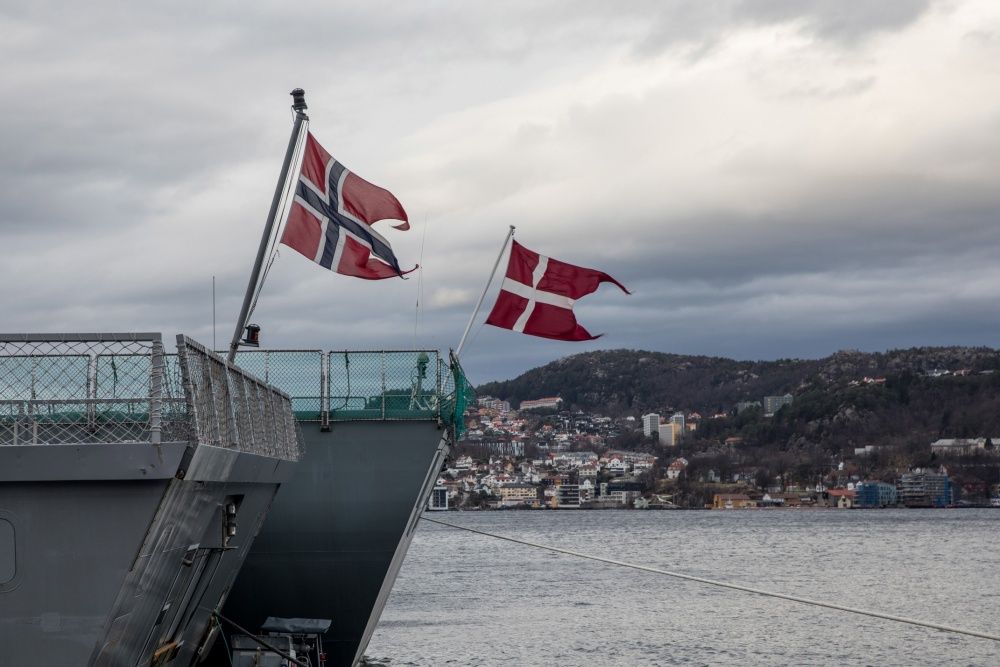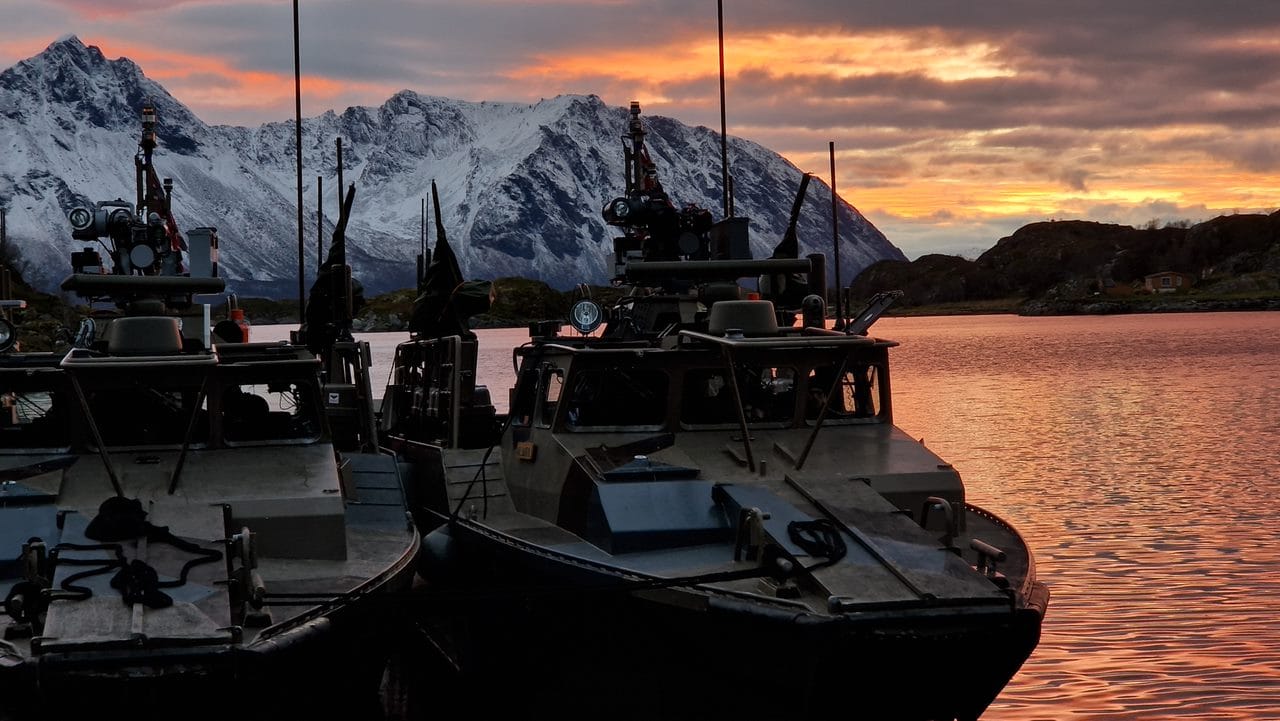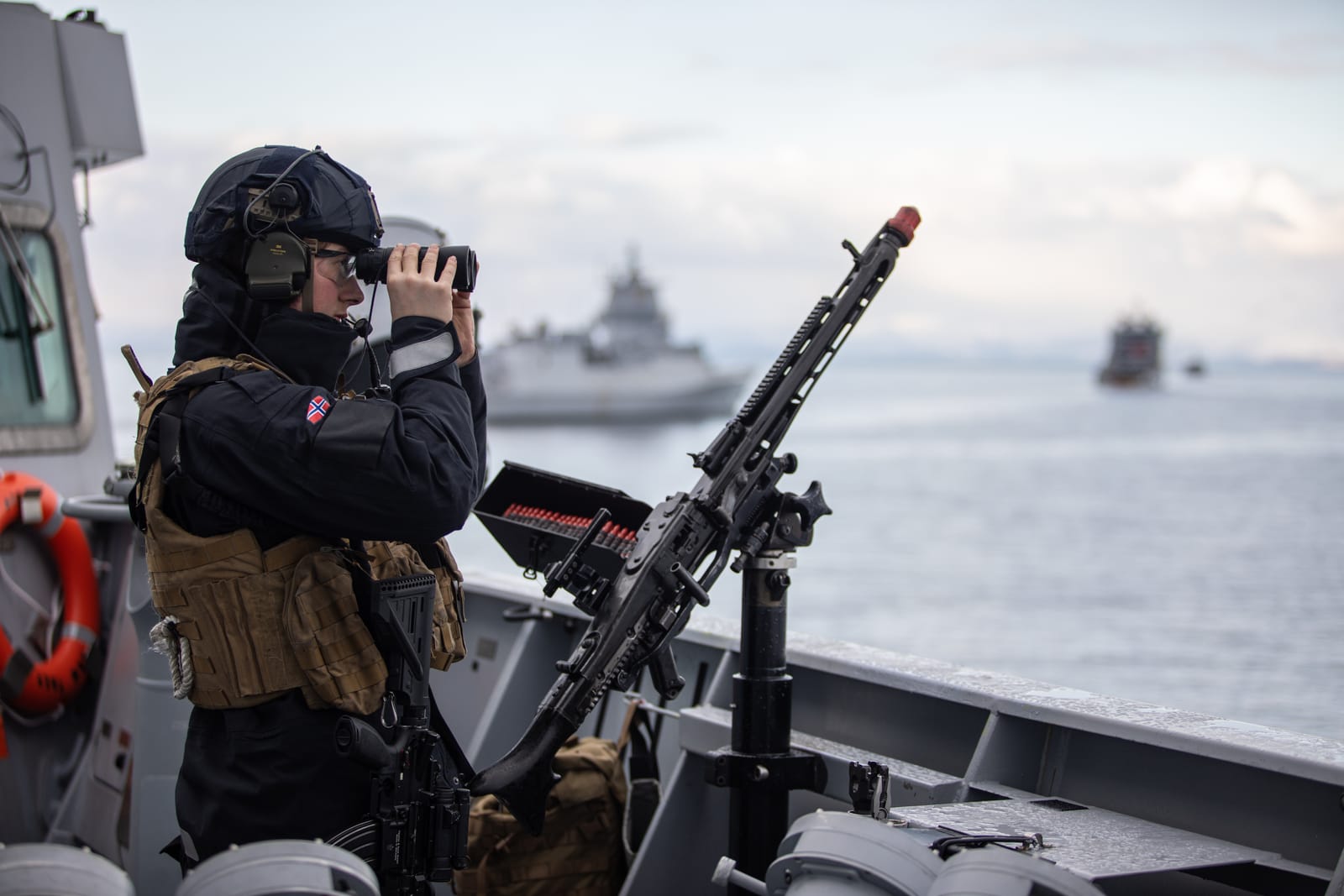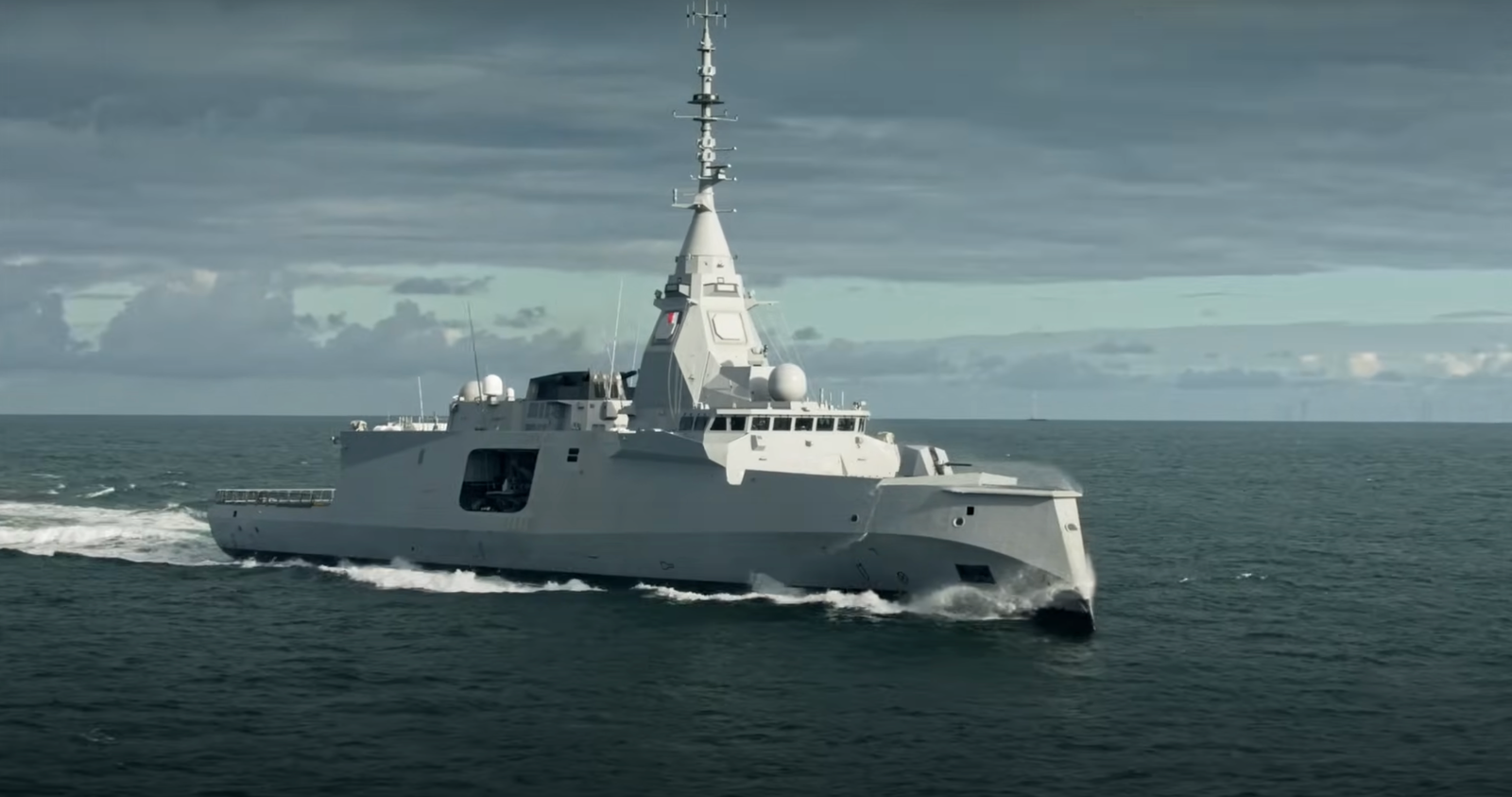The Greek philosopher Heraclitus is believed to have said: “The only constant in life is change”. As we enter a new decade, change seems to be happening faster and faster. The global order as we have known it for decades is changing.
We have seen a significant change in the political, security and threat landscape including in our own region. On this background Nordic Defence Cooperation (NORDEFCO) has also changed and gained a more prominent role. Denmark strongly supports this development and would like to see it deepened and widened. To understand the background for this, I will draw the bigger picture of the new threats and challenges, what they mean to Denmark, how we are in the process of adapting the Danish Defence, how the Nordic cooperation fits in and how we would like to see it develop during the Danish chairmanship of NORDEFCO.
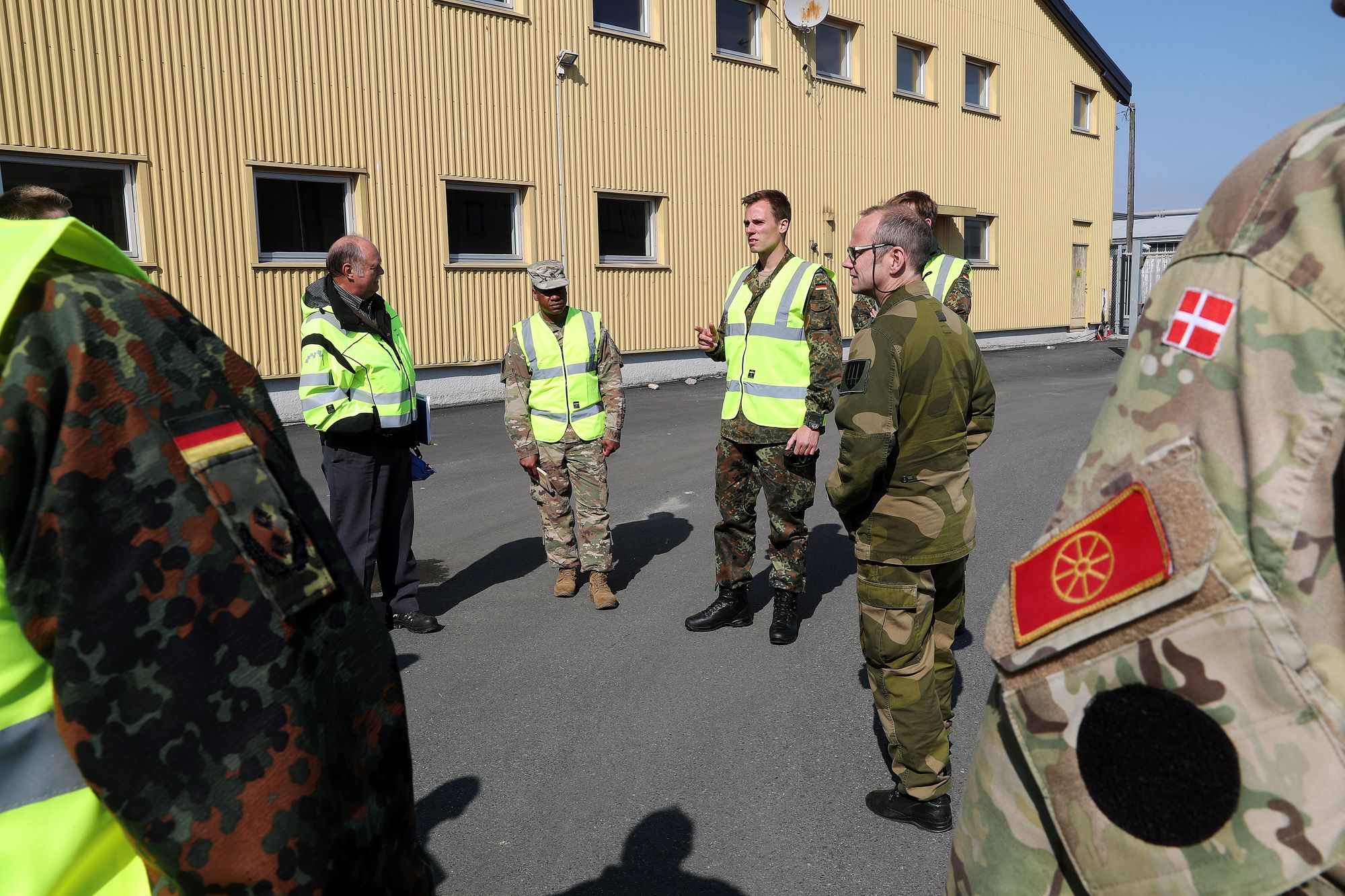
New threats and challenges: a complex and demanding situation
The ruled-based international order is under pressure. Great power competition is back with a more aggressive Russia and assertive China. This is especially of concern for smaller states, as it complicates and constrains our room for manoeuvre.
In Europe we see Russia’s use of military force, covert actions and military build-up including with modern missiles like Iskander and Kalibr, creating a challenging Anti-Access/Area Denial (A2/AD) environment in the Baltic Sea region. Large Russian exercises with very short or no notice, with large number of forces and with badly hidden intentions taking place in the Western part of Russia, in the Baltic Sea and the Atlantic Ocean. It increases the risk of miscalculations and misinterpretations and of inadvertent escalation. In the High North, Russia is also modernising its forces and has with new bases extended its defence line in the Arctic Ocean. China is also increasing its attention and presence in Europe including in the Arctic. China is interested in gaining political influence to further economic trade and access to natural resources. However, there is concern that strings are attached to Chinese investments, and at the same time a need to balance trade interests with security considerations.
Today, military power and use of force have greater significance in international politics and is being used for expressing and enforcing interests by both state and non-state actors. 2014 was a turning point as we witnessed Russia’s illegal annexation of Crimea and the following low intensity war in Eastern Ukraine. Terrorism continues to be a significant challenge even though the threat from ISIL has been reduced, but not defeated. And this year Iran used ballistic missiles against Counter-ISIL coalition forces at the Al Asad Airbase in Iraq where also Danish soldiers are deployed. It adds further uncertainty and unpredictability to an already complex situation.
At the same time a multitude of new threats and challenges are becoming more manifest: We are faced with cyber and hybrid threats and attacks carried out by actors hiding in the dark. Climate changes create security challenges and illegal migration stemming from weak or collapsed states continues to be a significant challenge. This Spring, we have seen the global consequences, including for our armed forces, of the COVID-19 out-break.
What it means to Denmark: National adaptation
All of the above challenges place Denmark in a more complex security situation. Deterrence and defence in NATO continue to be a key priority. There is at the same time a need for increased focus on both security and defence in the Baltic Sea region and in the Arctic, and on our ability to address new types of threats like cyber while maintaining the ability to fight terrorism and contribute to curbing illegal immigration. It puts new and added demands on the Danish Defence to handle such challenges and makes a concerted approach with Allies and partners, including the Nordic states, increasingly important.
These considerations contributed to shape the Danish Defence Agreement from January 2018 and the Supplementary Agreement from January 2019 both of which were agreed with broad political support. The two agreements strengthen Denmark’s ability to contribute to NATO’s three core tasks; collective defence, crisis management and cooperative security, and thus to the solidarity, unity and cohesion of the Alliance, including the Trans-Atlantic bond. The agreements contain a significant increase in the defence budget which enables the continued acquisition of modern equipment and additional contributions to international operations and missions. This is in line with the need for European states to take greater responsibility for their own security.
In the Baltic Sea region Denmark is not a direct frontline state as it was during the Cold War. Instead Denmark is an important part of the “rear area”, where Denmark’s geographical position shapes some of the expectations to Denmark and Denmark’s responsibilities and tasks in NATO. A key task is to contribute to collective defence in NATO, also through the reinforcement of Allies. This is reflected in the development of a fully capable and deployable mechanize infantry brigade through strengthened manning and capabilities like more and upgraded main battle tanks, ground based air defence and more artillery. Another key element will be to accommodate reinforcements arriving to and passing through Danish territory in order to reinforce Allies in a crisis situation, not least the Baltic states. This is reflected in host nation support efforts underway, including work to ensure military mobility. Acquisitions include sonars and torpedoes for anti-submarine warfare to protect maritime interests in the Baltic Sea and the North Atlantic and air defence missiles (SM-2) – and preparatory work on possible acquisition of SM-6 missiles – for the Danish frigates to protect naval assets and coastal areas in the neighbourhood as well as in international operations and missions. This follows already agreed investments in e.g. new F-35 Joint Strike Fighter aircraft and new maritime SH-60 Seahawk helicopters.
The commitment to deterrence and defence in the Baltic Sea region is also reflected in the commitment to Headquarters Multinational Corps North East (HQ MNC-NE) together with Germany and Poland, the establishment of Headquarters Multinational Division North (HQ MND-N) with Estonia and Latvia and of contributions to NATO’s enhanced Forward Presence (eFP) in Estonia.
In the Arctic, in particular, there is a need for enhanced situational awareness. It is a precondition for enforcing the sovereignty and upholding the interests of the Kingdom of Denmark, which includes Greenland and the Faroe Islands, at a time when there is increased civilian and military activity. That emphasis was outlined in the announcement of additional funds to further Arctic capabilities, which the Danish Prime Minister announced at the NATO Leaders’ Meeting in London in December last year. These capabilities will enhance situational awareness in the region.
Furthermore, a substantial amount of additional funds has been allocated to enhance cyber security, in particular to protect critical infrastructure and to develop offensive cyber capabilities which has also been offered to NATO.
Finally, Denmark continues the commitment to contribute to international operations and missions, like the Resolute Support Mission in Afghanistan, the NATO Mission Iraq (NMI), where Denmark will take over command later this year, and in the Sahel region, e.g. in MINUSMA and in cooperation with France in Operation Barkhane.
The value of cooperation between the Nordic states in a changed environment
The Nordic states are bound together by geography, values, culture and our common history, which includes a long tradition of cooperation in the defence area since the 1950’s. We have all contributed significantly to the United Nation’s peacekeeping operations and we continue to contribute to international operations and missions around the world although our security affiliations vary.
Russia’s aggression against Ukraine and its illegal annexation of Crimea in 2014 was a turning point also for our Nordic cooperation. We had to recalibrate our focus and renew our emphasis on threats, security and defence in our own region. It is clear that a serious security incident in one Nordic state would have implications for the security of the other Nordic states and for the region as a whole. The fact that we face similar threats and challenges clearly underlines an important role for Nordic cooperation in ensuring security and stability.
That is why Denmark fully supports a closer and deeper relationship between NATO and Finland and Sweden building on their status as NATO Enhanced Opportunity Partners (EOP). Not least joint participation in exercises like NATO's Exercise Trident Juncture 2018 is very useful and important. It increases our interoperability, but also our common ability to manage crisis, which will strengthen the overall security for all of us.
The Nordic Defence Cooperation
Our Nordic toolbox has developed significantly over the last five years, and the NORDEFCO rightly attracts increased attention from other regional security forums. Of particular importance is the progress on securing easy access to each other’s territories, secure communication at the political and military level, the mechanism for crisis consultation and enhanced radar data sharing in the Nordic Enhanced Cooperation on Air Surveillance (NORECAS) to improve our situational awareness. A very concrete benefit of the easy access procedure is that Danish fighter aircraft can use corridors through Swedish airspace when they need to reach the airspace in the Baltic Sea area.
We have a common and strong ambition to move the Nordic defence cooperation in peace, crisis and conflict forward through the clear vision and the ambitious targets for the development of NORDEFCO by 2025. This is of direct importance to our national security. It is important that the results made for our cooperation in peacetime do not evaporate in a crisis or conflict situation. This would weaken our security. We are therefore eager to deepen our ability to act together in crisis and conflict and to push forward to ensure that we advance on this important track.
There are also other tangible initiatives: Following a Nordic initiative, Denmark, Norway and Sweden are some of the states who have supported the United Nations Multidimensional Integrated Stabilization Mission in Mali (MINUSMA) with tactical air transport capability through a rotational concept. In other international operations, the Nordic states have cooperated through force contributions, deployments and coordinated logistic. Furthermore, Finland, Denmark, Norway and Sweden are cooperating on the joint procurement of a common Nordic Combat Uniform which entails a full system commonality except for varying uniform patterns that are specific to each state. Denmark will be the first to receive the new uniforms in 2021.
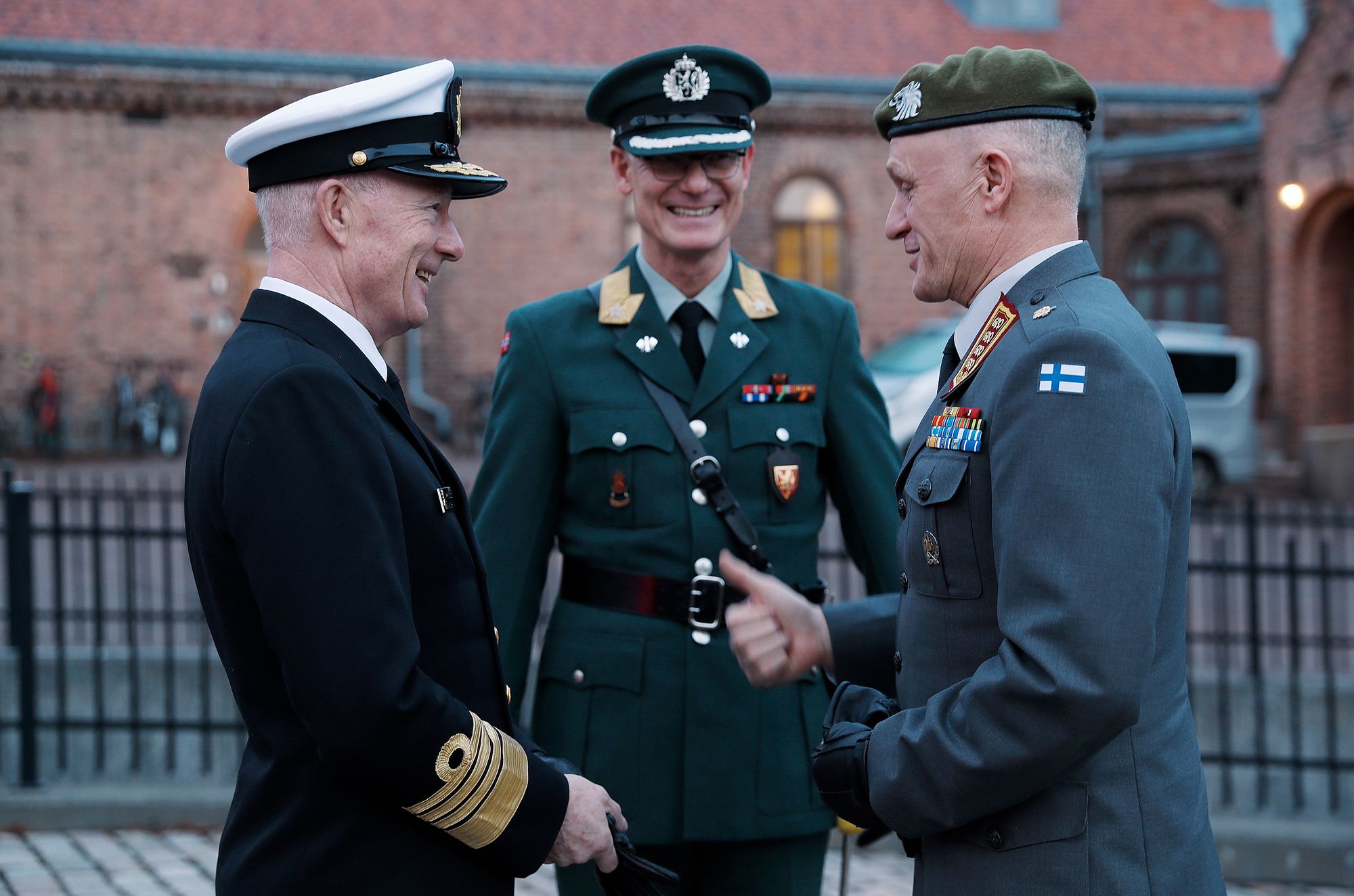
As Denmark holds the chairmanship of NORDEFCO in 2020 following Sweden’s successful chairmanship in 2019, the priorities for the chairmanship reflect the current challenges that require specific attention: We want to enhance our cooperation in peace, crisis and conflict, and to make the crisis consultation mechanism a tool that is familiar and applied to that effect. The crisis consultation mechanism has already been used twice this year to discuss both the situation in the Middle East and the COVID-19 out-break. We also want to consolidate and strengthen the Nordic-Trans-Atlantic bond and the cooperation with the Baltic states.
In the Nordic-Baltic-US framework (NBUS) a special focus has been on improving situational awareness and data sharing in the Baltic Sea region. In this context, the achievements made in NORDEFCO to enhance radar data sharing within the NORECAS framework are important. Only if we work closely together will we get the full picture. The Nordic-US cooperation is also essential to ensure that the recurring Arctic Challenge Exercise may reach the same high quality in the future as it did in 2019. US Air Force participation was essential to reach flag level.
The Nordic states are all among the most digitalized states in the world. This offers clear opportunities for continued societal development, but also vulnerabilities to cyber-attacks. Within NORDEFCO work has been on-going for some years on how our Military Computer Emergency Readiness Teams (MILCERTS) can cooperate closer together e.g. by enhancing information sharing amongst them. This is an important work. During the Danish chairmanship of NORDEFCO in 2020, we have made cyber security in a broader sense a top priority. A Nordic working group will start work in spring 2020 beginning by exploring and identifying those areas that are the most urgent to Nordic cyber security in a defence context.
Another priority is to reduce the armed forces’ CO2 footprint abroad and at home through a Green Defence initiative. We have also put special focus on the Arctic and will look into possibilities to cooperate in the area related to satellites and space. Further focus is on the relationship with the Nordic defence industry where Denmark will be hosting the Nordic Defence Industry Seminar this fall. These are ambitious tasks taking the cooperation to new areas and levels while prioritising ongoing work.
Finally, during the Danish NORDEFCO chairmanship will also utilize the fact that Denmark in 2020 has the chairmanship of the Haga cooperation - the Nordic cooperation on civil emergency. We will host a joint expert meeting on Total Defence, where we will discuss issues of relevance to both forums.
Conclusion
For Denmark, NATO and the Trans-Atlantic bond continue to constitute the backbone of our security and defence. But the Nordic cooperation within NORDEFCO has increased in importance in the last five years. It offers real added value when dealing with both regional and global security challenges. We would like to deepen it even further in order improve our ability to act together in crisis and conflict as well as widening it to cover new challenges like cyber threats and security implications of climate change. Together with the Nordic-Trans-Atlantic dimension and the cooperation with Baltic states and the wider Northern Group (where also Germany, Poland, the Netherlands and the United Kingdom participates) we have a set of flexible forums in which we can address key issues of mutual importance. During our chairmanship of NORDEFCO this year we are keen to advance the cooperation in all of these areas.
Denne artikkelen var først publisert i Luftled 1-2020.
Foto: SNMG1 Change of Command. Commodore Søren Thinggaard Larsen of the Royal Danish Navy assumed command of Standing NATO Maritime Group One (SNMG1) from Commodore Petter Kammerhuber of the Royal Norwegian Navy today (Jan 16) in a ceremony held in Bergen, Norway.


